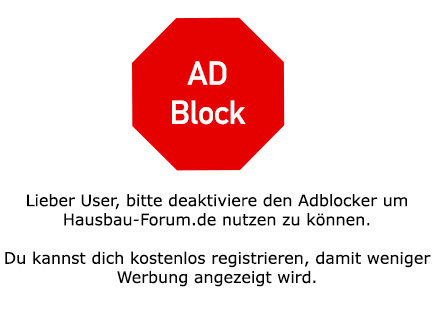Mycraft
2021-12-09 10:39:03
- #1
Hydraulic balancing is the rough setting. Thermal balancing is then the fine-tuning of the system specially adjusted to you as an occupant. The heating engineer simply cannot know all your preferences beforehand, so he cannot set everything 100%. He does 90%, the remaining 10% you have to do (or you commission someone). With hydraulic balancing you compensate that heating circuits of different lengths build up different resistances and are supplied differently. Short circuits would otherwise be flowing more strongly due to the lower resistance; of course, the heating water gives off less heat over the short length and returns with a return temperature only slightly lower than the supply temperature. This reduces the overall temperature spread. This is especially problematic with non-modulating heat pumps and return-flow-controlled heat pumps—keyword "short cycling". With a perfect hydraulic balancing, the longest circuits are fully open and the shorter ones throttled so that all circuits have a very similar return temperature. The calculation of the hydraulic balancing simultaneously includes the thermal balancing because you include certain target temperatures in the rooms in the calculation. However, many errors obviously almost inevitably enter the calculation. Hydraulic balancing only ensures that each circuit is supplied accordingly (after all, there could be several circuits in one room, of which one part is undersupplied and the other oversupplied). The calculation results provide the basic setting for the individual circuits—it is obvious that there are some inaccuracies and that some fine-tuning has to be done here and there. The entire procedure is already quite time-consuming. If you change the flow rates more than just slightly, you have to wait and measure for 2-3 days until the change shows its full effect. Meanwhile, there should not be any major solar gains (even in other rooms) to avoid distortions, otherwise it takes even longer. If the whole process can be significantly shortened by a few preliminary calculations (hydraulic balancing), that is very helpful.What is then the hydraulic balancing? Where can I check it?
